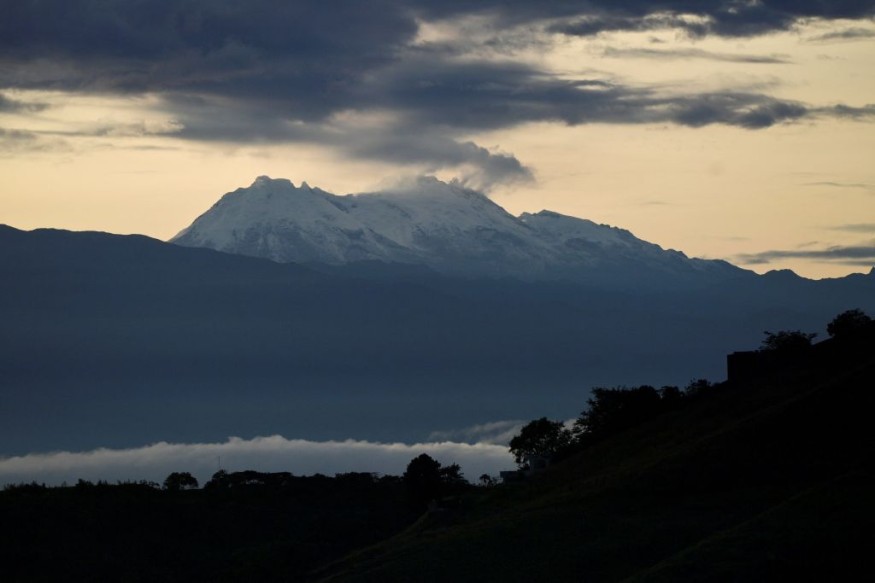
While our home planet Earth is so far the only place known to have been inhabited by living things, it also has its extreme environments which resemble what it could have been like on other planets. With an equatorial circumference of about 24,901 miles, Earth has its fair share of wild, unexpected places where extinct life forms once existed.
In one of the world's driest and highest points, a team of CU Boulder scientists decided to explore Ojos Del Salado or known as "Eyes of the Salty One".
"There's been almost no scientific studies on this volcano. So it's a new frontier in terms of geology, microbiology and the environment itself," project lead Brian Hynek, also a professor of geological sciences and research associate at the Laboratory for Atmospheric and Space Physics (LASP), said in Phy.Org.
The first-of-its-kind project published in CU Boulder Today offers clues about existing and extinct life forms in other worlds.
A 21,000-foot challenge
On the boundary between Chile and Argentina is the world's highest active stratovolcano, Nevado Ojos del Salado. According to WorldAtlas, the volcano located on the southern end of the Andes Central Volcanic Zone, along with other high volcanoes such as El Solo and Nevado Incahuasi, exhibited volcanic activity around 26 million years ago.
Now, Ojos Del Salado has become a popular hiking destination, but only a few scientific studies had been made there. About 21,000 feet from the base, the team conducted research in an environment "that closely mimics that of ancient Mars."
"Going to places on Earth that mimic either the chemistry or the physics or volcanic conditions of early Mars can help us understand it better," said Hynek as they try to get a good glimpse at habitability on past Mars. The environment was exactly what they seek, where microbial life has been supported from the energy involved in chemical reactions.
By documenting temperatures, pressures and chemistries of minerals created in Earth's extremes, the team can apply the information to what's left of Mars today.
Life in other worlds
The researchers also ventured into a giant, frozen maze of icy, stalagmite-like spikes called penitentes and discovered how tiny organisms thrived on such extreme environment.
"Even as extreme an environment as it is, it might be surprising how many different types of microbes are actually here. There can be a whole food web that is developed, even with these very limited resources," said Adam Solon, graduate student in ecology and evolutionary biology.
Alongside Solon is Amanda Steckel, graduate student in geological sciences and LASP, nailing sensors into the ice at different heights to measure the intensity of the light at varying heights. As they assess the microbial diversity in the 'snow marvels', the duo was able to capture the uniqueness of the environment.
Steckel's measurements are the first data to illuminate what microbes have done to adapt to these extreme UV conditions.
"There will definitely be several studies that come out of the data, and also further understanding of this region, which has had a limited amount of study," Solon noted. "This would be a pretty good expedition to build off of."
Related article : Humid Heat Stress and Extremely Hot Weather Could Kill a Person Faster than We Thought
© 2025 NatureWorldNews.com All rights reserved. Do not reproduce without permission.

